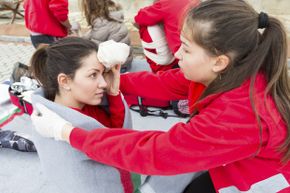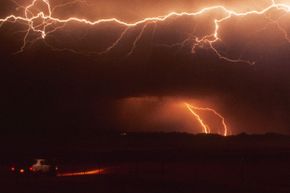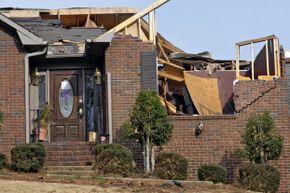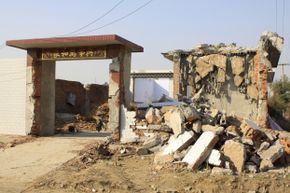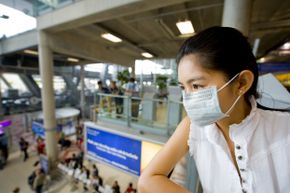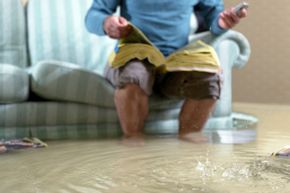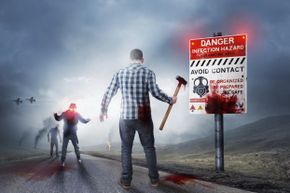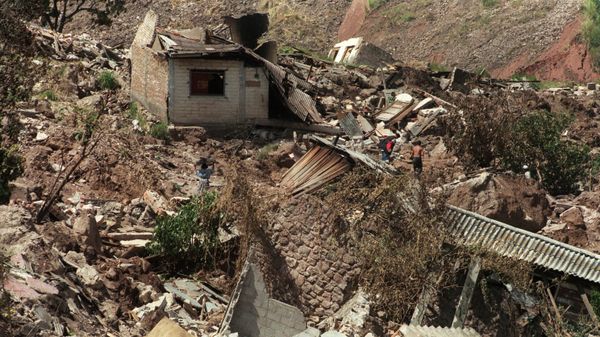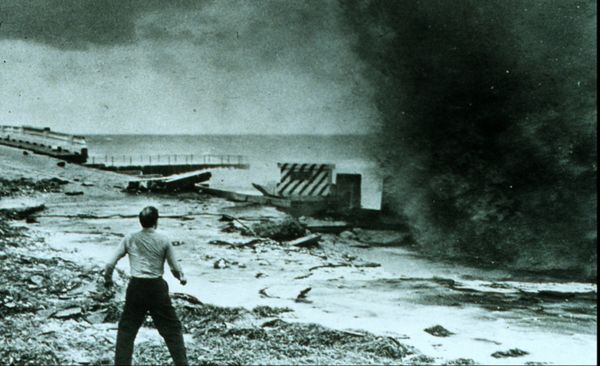Key Takeaways
- The myth that your car's rubber tires protect you from lightning is debunked; it's actually the metal frame that acts as a Faraday cage, directing the lightning around and away from occupants.
- Once thought to balance pressure and prevent damage, opening windows during a tornado is now discouraged as it allows wind and debris inside.
- Taping windows in an "X" pattern does not prevent breakage from hurricane winds and can actually create larger, more dangerous shards of glass.
Does the threat of disaster have you nervously stockpiling food and ammunition? Well, the good news is that a little preparation can go a long way to calm your nerves if the big one hits. Think about it: If you've got a good plan, you and your property are much more likely to be safe. If lots of other folks prepare, too, that could greatly reduce the impact of a disaster and make it less scary for everyone. So preparation is good — or is it?
OK, before you climb into your underground bunker, let me explain. There's a lot of great disaster safety advice out there that you should definitely pay attention to (FEMA's Ready.gov is a great place to start). But some survival tips, even ones that sound reasonable, might best be ignored. These could be old wives' tales that have, over centuries, elbowed their way into the realm of common knowledge. Or they might be the brainchild of scientists, who, given the hindsight provided by decades of disasters, would regret ever suggesting them in the first place.
Advertisement
Either way, it's good to know what advice might be ineffective (or even harmful) so you can be sure to do what's best for you and your family when catastrophe strikes. So put down that dehydrated food pack and click through our list of disaster safety advice you should ignore.
